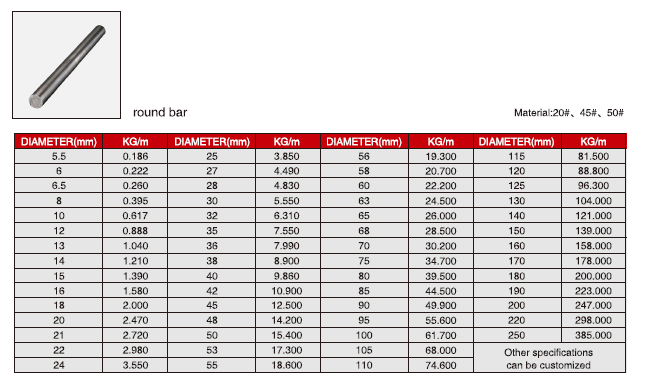1. Understand the drawings (construction drawings for civil engineering and mechanical drawings), and skillfully draw design drawings and construction drawings in line with national regulations.
2. Can understand various civil construction drawings, in addition to structural construction drawings, on the water supply and drainage (water) engineering drawings, heating engineering drawings, ventilation engineering drawings, electrical lighting and fire engineering drawings, etc., are also very skilled. This is very important to do a good job in interior decoration design: it can avoid conflict between decoration design and civil engineering facilities, and can be more thoughtful in decoration design and proper decoration design.
3. Understand the perspective, can quickly draw the interior perspective skeleton line map, so that the perspective is accurate: will draw axonometric (axis and axis axis angle). This is the basis for a good rendering.
4. A color effect picture can be drawn, which can accurately express the sense of space, texture, color of the room, the sense of the body of the furniture, and the effect of the light environment.
5, familiar with a variety of civil engineering materials and construction and decoration materials (material properties, characteristics, size specifications, color, decorative effects and prices, etc.), in order to correctly choose the material and the right mix of materials.
6. Understand the basic structural types of buildings, especially familiar with the advantages and disadvantages of each type of construction, common structural methods, etc.
7. With knowledge and culture in architectural style, interior and furniture style, you can become familiar with various basic features and variations. Also learn about the historical development of various furnishings.
8. With the knowledge and skills of surveying and mapping, it can correctly record on-site observations and collect data for design.
9. Be familiar with the decoration construction process to ensure the quality of decoration.
10. There is a wide range of cultural knowledge and cultivation, which is beneficial to improving the level of interior design.
11. Will be good at collecting and accumulating design data. For example, through sketching, mapping, photographing, photocopying, and recording, etc., various useful design materials are continuously accumulated.
12. To master the skills of professional investigation, whether it is a comprehensive or professional investigation, you can seize the main points and get the situation and information that the designer should master in order to benefit the interior design work.
13. High-quality models will be independently produced. This requires designers to understand materials, process practices, and use the necessary tools and equipment. This is the practical ability that designers should have.
14. Will be photography, darkroom technology, but also video. These skills designers can also master.
15. Interior designers will also use Computer Aided Design (CAD) to master the techniques of drawing design drawings, construction drawings, and renderings using a computer.
16. To have the knowledge and culture of garden art, bonsai and flower arrangement art, to understand the characteristics and functions of green tree species and flowers.
17. Do intensive research and understanding of ergonomics.
18. Strengthen the understanding of electric light sources, light source products and lighting technology, so as to facilitate good indoor lighting design.
19. Interior designers must study sociology to understand the relationships between people, people and classes, classes, lifestyles, and needs. This helps to design well.
20. Interior designers should also have an in-depth understanding of environmental science and keep abreast of new development trends. Two more: Learn about physical dynamics and chemical biology.
Decoration Start-up Preparation Villa Design Confucius Interior Design Interior Decoration Interior Design Effect Lighting Furniture Interior Decoration Design Picture Interior Decoration Effect Picture Decoration Style
Based on application,Round Bar can be classified as tool steel, mold steel, etc.
It is widely used in construction, machine manufacturing, ship building, automobile, aerospace, machine parts processing, etc.

Round steel is a solid steel strip with round section. The specification is expressed in millimeters in diameter, such as "50", which means round steel with a diameter of 50 mm. Round steel can be divided into three kinds: hot rolling, forging and cold drawing. Hot rolled round steel specifications for 5.5-250 mm. Among them, the small round bar of 5.5-25 mm is mostly made up of straight bars, commonly used as reinforcing steel bars, bolts and various mechanical parts; round bars larger than 25 mm are mainly used for manufacturing mechanical parts or seamless steel tubes.
Round Bar
Round Bar,Steel Round Bar,Alloy Steel Round Bar,Stainless Steel Round Bar,Hot Rolled Steel Round Bar
TIANJIN ZHENXIANG STRIP PROCESSING CO., LTD. , http://www.zhenxiangsteel.com